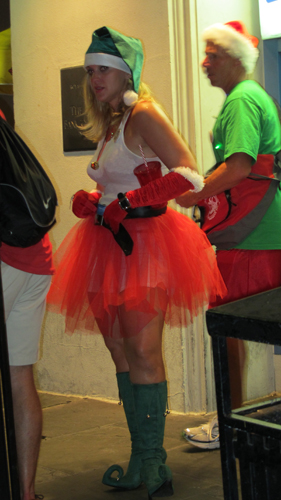Just back from ALA, that great gathering of 25,000 people devoted to archiving and disseminating the best of the best of our culture. Walking around the massive exhibit hall, it is a bewildering and humbling mixture of businessmen hawking library furniture or the latest software, the old-timers and the newcomers signing books with the hope of generating interest in their project amidst the thousands of new books, the authors meeting–pressing the flesh–of the gatekeepers to vast audiences out there somewhere in the US, the editors and marketers and salespeople hoping that decisions made months earlier were the right ones which will give their publisher–not to mention their individual careers–a boost.

You get a sense of the vast reach of publishing industry, of how the latest new piece of technology can excite–and yet how Greek mythology can be made new for a new generation. It’s both about innovation and about rebirth of old stories, about the newest author and about the venerated pro.
Observations During ALA 2011
There are still some family owned publishing companies. Yes, in today’s economy and world, some families still carry on the family business: for example, Lerners, Eerdmans, John Briggs of Holiday House. I walked through the aisle of small and independent publishers and wondered if any would rise to this type level? It has happened, it can happen again.
On the other end, the big publishers are big. And diverse. And in that sprawl, they almost lose any type identity. Individual imprints actually have a personal stamp of an Editor in Chief; but most publishers have one marketing department, so that individuality is blurred at a large convention like this, where Macmillan displayed together the books from Feiwel & Friends, Henry Holt, Macmillan Children’s Books, FSG and Square Fish. You can never be sure what you’ll get with a Macmillan book, because there’s so much variety.

It’s hard to get noticed. 25,000 people attending. Probably 3000+ new books for children and who knows how many for adults. Thousands. And you want to catch the attention of , well, thousands. Impossible. I spoke as part of a 10-person panel, Nonfiction Book Blast, of nonfiction authors. We were given the unfortunate time slot of 8 am on Sunday morning. Still–we drew about 80-90 people. For two hours, those librarians listened to presentations on non-fiction from
these authors: April Pulley Sayre (Rah, Rah, Radishes), Kelly Milner Halls (In Search of Sasquatch), Deborah Heiligman (Charles and Emma), Loree Griffin Burns (The Hive Detectives), Carla Killough McClafferty (The Many Faces of George Washington), Christine Taylor-Butler (Magnets), Shirley Duke (You Can’t Wear These Genes), Darcy Pattison (Prairie Storms), Carla Mooney (Explorers of the New World) and Anastasia Suen (Read and Write Sports). (I’ll be posting more on that blog later this week about the event.)
In all the swirl–where do you want to eat, it’s so hot and muggy in New Orleans, did you get your book signed by such and so–we caught the attention of a few.
Networking is as important as catching attention. I also just walked the floor of the exhibit hall and eavesdropped on conversations, started conversations, poked my head into conversations, asked questions, made observations, listened to passionate explanations of a book or a direction a publisher would like to go. It is a humbling thing to be part of such a fascinating world and you never feel so much a part as when you attend a large gathering like this.
Oh, there were sessions, too! Besides MY session, there were hundreds of sessions, amazing. Librarians talked about every topic imaginable. One friend went to listen to the discussion of books nominated as an ALA Notable: blunt, divisive, exhilarating.
From public libraries to school libraries, rural libraries to urban, university libraries to private–it was a glorious celebration of the book, our traditional method of archiving our culture: it was a celebration of the glorious, messy, fascinating culture in which we live.